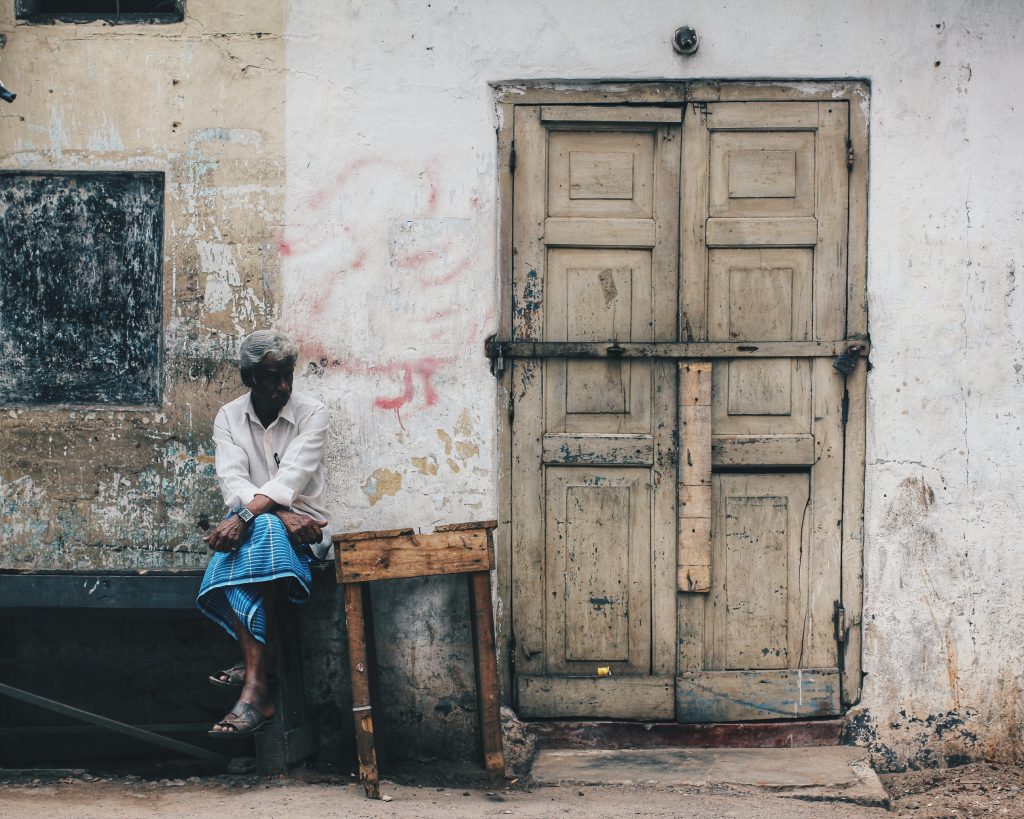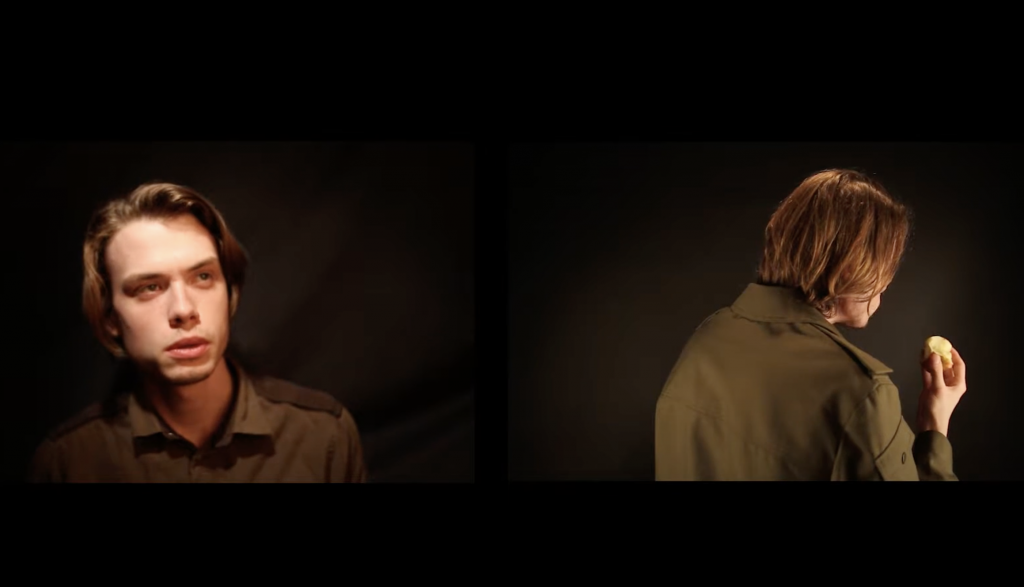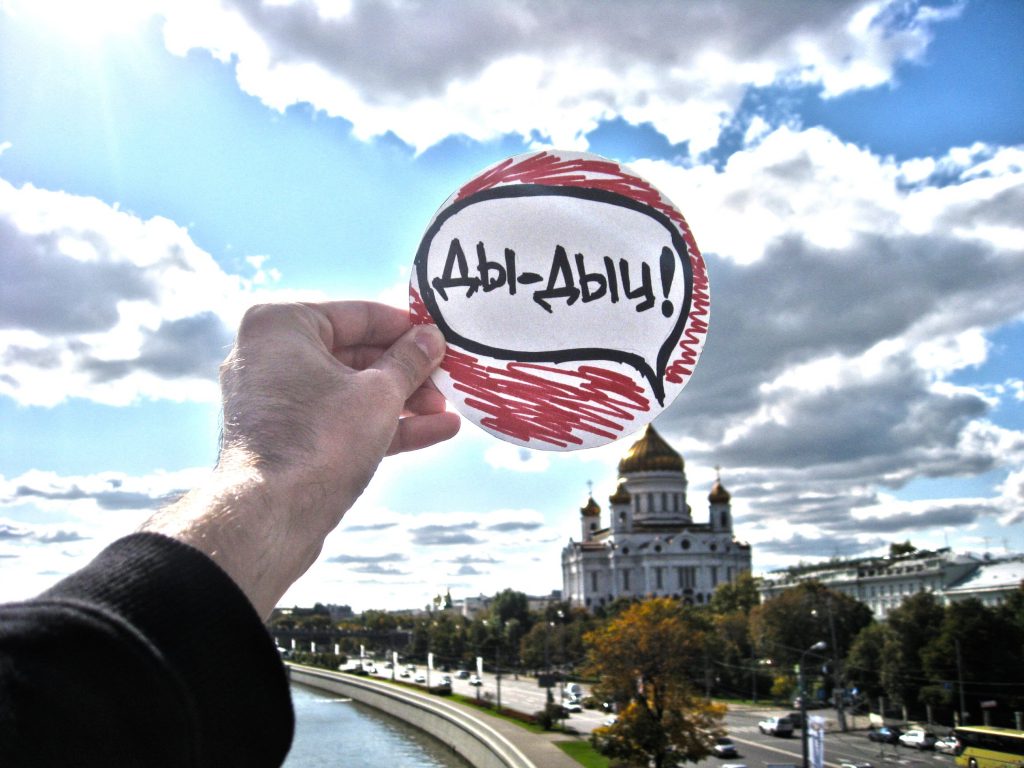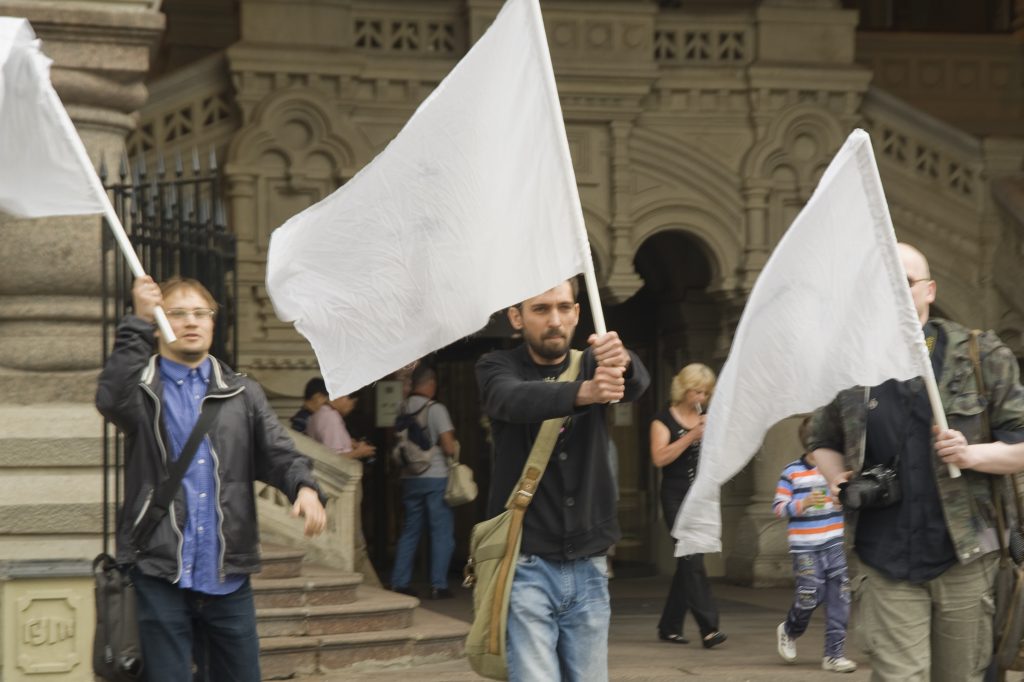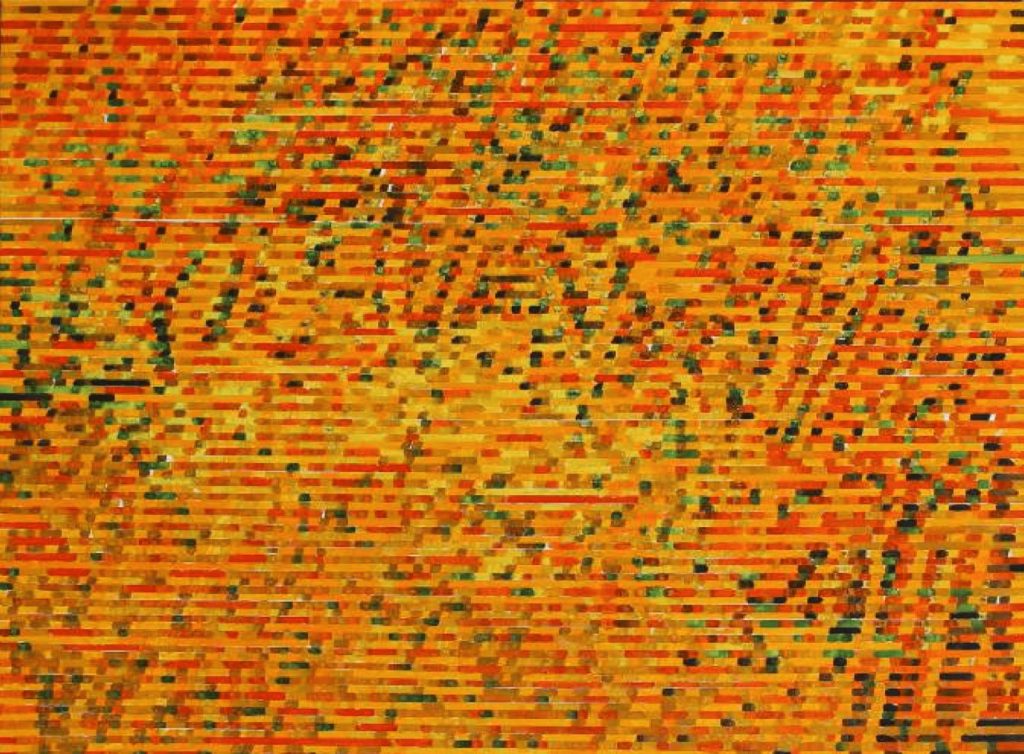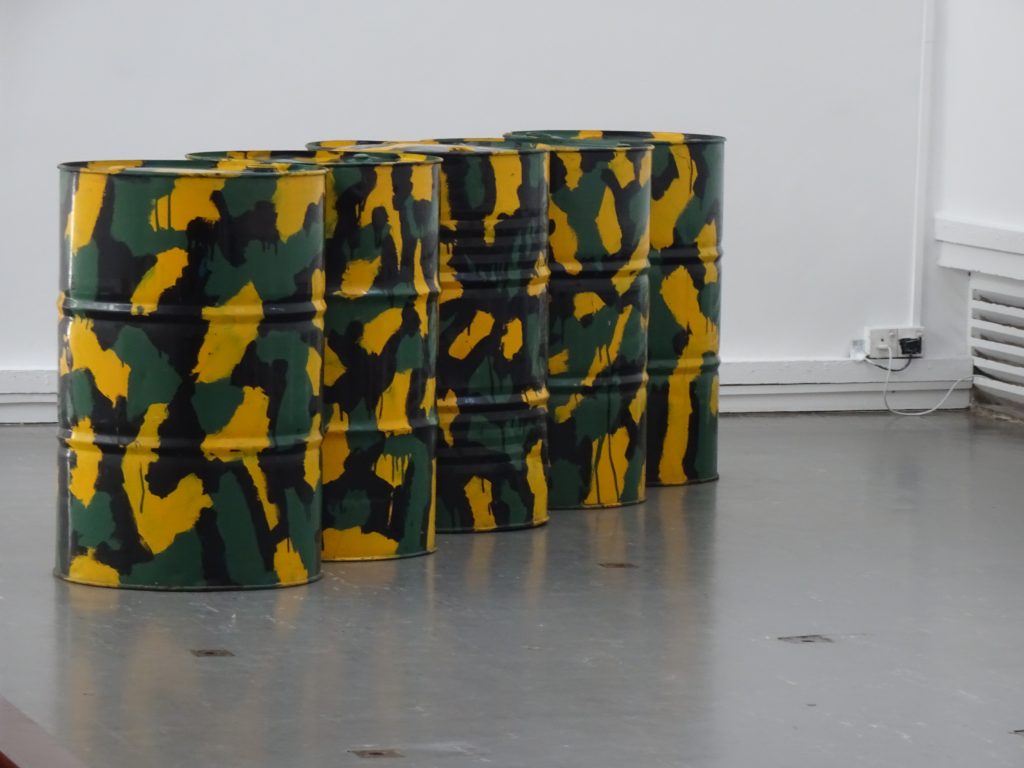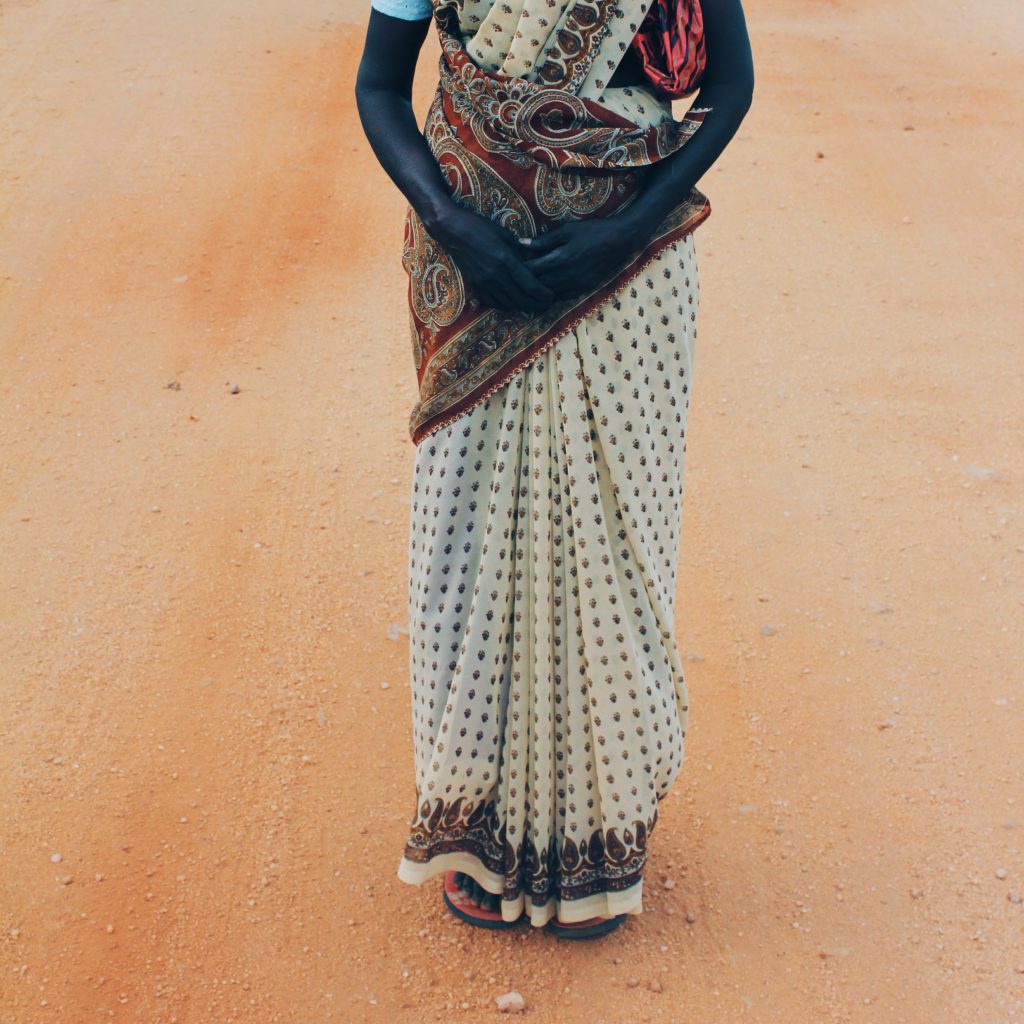Suburban Poetry
There is a political poster, fraying, on a wall down a street in Maligawatte, drying alongside the colorful clothing hanging up next to it. A boy is playing with his friends. He is a blur in the foreground. A woman sits, waiting for charity, her face masked by a signboard, blocking it from the eye of the camera. A one legged man sells vegetables, his crutch contrasting starkly with a white plastic sack in the background.
Colombo is the political nerve center and economic hub of Sri Lanka. It is a multicultural city with inhabitants hailing from the Island’s various ethnicities and cultures. Due to its centrality, it is also the heart of the country’s political, economic and socio-cultural struggles.
In the post-war context, an economic boom has contributed to migration into Colombo, which as part of the Western Province contributes roughly half of the country’s GDP. Measures were taken to gentrify and beautify spaces within the city in hand with a political project focused on making Colombo a ‘seductive landscape’ for Big Capital.
Plush apartment complexes and new shopping malls cater to both local and global elites, next to neighborhoods with streets and markets which have remained unchanged for generations, made stagnant by security concerns brought on by the country’s decades’ long civil war. The city is being colored by new ideologies. Colombo is becoming a mix of the modern and the anachronistic and its amalgamation of traditional cultures and ways of life are now being influenced by a distinct consumerist touch.
Aside from urban transformation, age old political, ethnic and class conflicts play across its surface in different ways. As the country struggles to implement a new constitution and a renewed electoral system, entrenched hierarchies and systems of patronage that have been a part of its psyche for years confront new changes imposed by heavy handed economic imperialism. Colombo is now at a key historic moment, through which it could be potentially perceived for decades to come.
The Sub-Urban is the city within the city, the city forced below the surface. It is the unconscious current running through its being, now being made to adjust to new realities and a new identity. In this series I explore Colombo through visual metaphors that highlight and track the changes and pressures it faces. I look at micro signifiers that explain macro aspects of the social, geographic and political landscape of the city. These signifiers are just that, glimpses. And I present them as such; simply manifestations of my perspective interacting with what the city allows me to see.
Description
Halik’s photo essay presents an array of almost fleeting ‘moments’ from the busy capital of the island, Sri Lanka. The photographs are accompanied by Halik’s words, which clearly give us an insight into his thinking and purpose behind the work. He is not just capturing fleeting moments; he is trying to trace the dynamics and politics behind these snapshots.
The Colombo one finds in Halik’s Sub Urban Poetry is old and frayed. It’s teaming with unspoken but obvious hierarchies that organise the city life. We cannot see the plush Colombo apartments and manicured parks. The artist is sensitive the class and ethno-religious undercurrents and is presenting these to the viewer to confront and make sense of by their own terms.
The artists expands on the same theme in his exhibit Colombo 2020: Wonder of Asia commissioned by International Centre for Ethnic Studies, in 2020. It is a digital exhibit of Museum of Memory and Co-existence.
Press
We get further insight into Halik’s Sub Urban Poetry through his talk at Ishara Foundation, Dubai, 2019.
Becoming a World Class City: Impressions from Post War Colombo
The Journey of Content: Instagram Unplugged IRL

